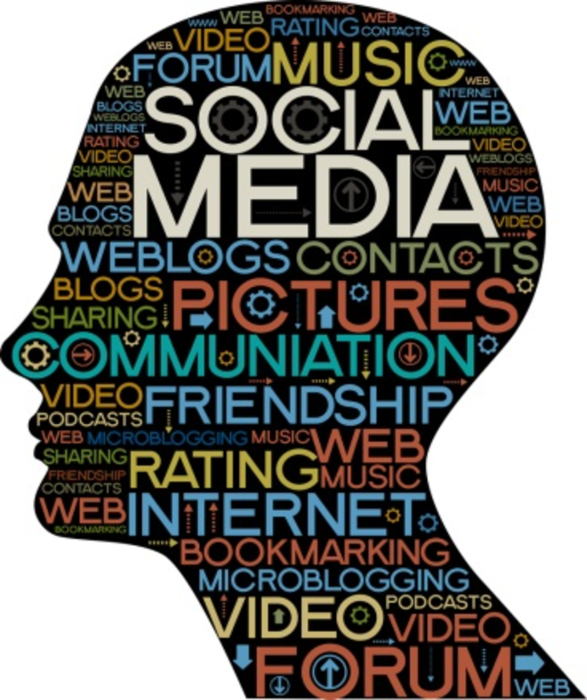Nowadays, evolution is the name of the marketing game. But marketers don’t need to look back 50, 20, or even five years to see the exponential change in the industry over time. In just the past few years marketers have been inundated with new technologies, innovative strategies, and pressing customer expectations.
“The number of channels that [marketers] have now has just exploded,“ says Deborah Fain, an adjunct professor teaching integrated marketing at New York University and customer relationship management at Pace University. “ Twenty years ago [marketers] were doing a huge volume of direct mail, telemarketing, and the Web was fledging. Also, we hadn’t figured out how great of a tool email can be—and of course, we had no social channels whatsoever.” Fain says modern marketers, however, have an unprecedented number of tools that provide access to customer feedback, give them an ability to respond instantly to customers, and present a holistic view of the consumer. “We’ve evolved to looking at the customer as opposed to looking at the product,” Fain says.
There’s no doubt that in today’s marketing landscape, it’s survival of the fittest. Alex Lirtsman, cofounder and digital strategist at Ready Set Rocket and Emily Wengert, VP of user experience for Huge, insist that if modern marketers want effective campaigns in this competitive climate, their plans must be digital, mobile, social, personal, and always on.
Digital
Millennials are the largest generation in U.S. history; as these 86 million young adults come of age, they’ll eventually hold the majority of buying power. It’s a fact that marketers should not—and cannot—ignore. Millennials, along with progressive Baby Boomers and Generation Xers, are more apt to be innovators and early adopters of all things digital. “It’s fascinating how millennials do more and more shopping online and less and less shopping in stores,” Huge’s Emily Wengert says. “And it’s amazing that the storefront of a lot of businesses used to be a physical, brick-and-mortar thing. Now more and more often, the actual storefront—even the initial touchpoint—is digital.” She says the role of a physical store has evolved into an opportunity to provide an experience, rather than serve as a utility. The conversation, research, and consumption of content—that’s increasingly digital. “Digital is really at the heart of everything,” Wengert says.
Mobile
According to eMarketer, more than 5 billion people across the globe will be mobile phone users by 2017. Compare that to an estimated 4.3 billion users today. Mobile continues to evolve—growing past its on-the-go reputation, instead becoming an everyday, at-home necessity. “Mobile is so big,” says Ready Set Rocket’s Alex Lirtsman. “The modern marketer needs to understand that people are using multiple devices to complete a transaction. And they really need to understand cross-device attribution starting on mobile, but still ending on a desktop.” He says that as marketers continue to track customer behaviors on mobile, they’ll be able to attribute specific purchases to mobile campaigns. “The reality is customers discover on mobile, then purchase on desktop.”
Social
Social media gives modern marketers the ability to encourage advocates, keep loyalists, prompt engagement, and create content—all strategies that can lead to a lift in sales. Wengert says social also gives brand marketers platforms with large audiences: “With social there’s now volume. [Marketers] can get so many people on their platform; it isn’t an option to not be on [social media].” She says modern marketers are learning that social media isn’t just another broadcast tool, but rather is an instrument to befriend customers, share content, and provide fun experiences. “Marketers have learned more and more to integrate [their plans with] what people want to do on social media: share thoughts and content with friends, rather than talk to brands,” Wengert says.
Personal
Personal customer data fuels the creation of relevant, relatable, and valuable messages. Most certainly, it allows marketers to talk directly to individuals, rather than an entire audience. “It’s really all about relevance,” Lirtsman says. “A brand that has a personal relationship with me is relevant to me. Communication needs to be timely [and] relevant to the stage of my journey with that brand.” Lirtsman adds that with personal customer data, marketers can understand consumer needs, and then simply meet them. “[Marketing messages] need to leverage any information that a brand has on the customer.”
Always on
Modern marketers are always on—ready to engage and eager to have ongoing communication with customers. What’s more, marketers today are increasingly able to provide consumers with a continuous, uninterrupted customer experience. “There’s no question that we’re all on many devices throughout the day,” Wengert says. “From your personal items to the screen in the back of a taxi cab, the volume of those marketing messages has increased. In order to be heard above that fray, [marketers] need to give the sense that their brands are everywhere—always available.” That doesn’t mean marketers need to be on every channel, she notes. “You just need to create a really smart, cross-channel campaign.”








